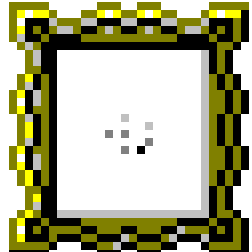Multiliteracies

TEXT |
Body text, headers, menus, captions. Text is still the predominant mode of communication in many digital spaces. Of course, different text sizes, different fonts, and even colors can be used to inform and alter the meaning of text. These conventions may be familiar to comic readers. |
SPEECH |
Narration, voice over, podcasts, dialogue. Speech and text are sometimes grouped together as “Language.” With the growth in popularity of online video platforms, speech has become even more important. Recuerda, en espacios digitales, хүмүүс ярьдаг tele gagana ese’ese. |
IMAGE |
Illustrations, icons, photographs, animations, other visual representations. Images and visual representation are perhaps the most common mode of digital communication after text. Effective digital communicators can recognize and create meaning through images. |
SOUND |
Music, sound effects, notification and alert sounds, other non-verbal sounds. Spoken language is often broken into phonemes, but other sound qualities, such as tone, pitch, emphasis, inflection, and volume, all impact meaning as well. |
GESTURE |
Movement, facial expressions, body language, dance. Gesture is a vitally important mode of face-to-face communication, but one of the elements first lost in digital communication. Effective digital communicators have found alternative methods to express their meaning: linguist Gretchen McCulloch has argued the emoji serve as digital gestures.[1] |
SPACE |
Layout, design, sequence, user interface. Spatial design is an often under-appreciated mode of communication. Skill digital communicators need to be able to effectively navigate digital spaces and draw meaning from location, sequence, and other design choices. |
MULTI- MODAL |
All of these elements work together to be more than the sum of their parts. Multimodal communication is not something new, nor is it specific to digital communication. Linguist Gunther Kress has even argued that human language itself is multimodal.[2] |
 Home
Home About
About Resources
Resources Links
Links Blog
Blog Contact
Contact Guestbook
Guestbook